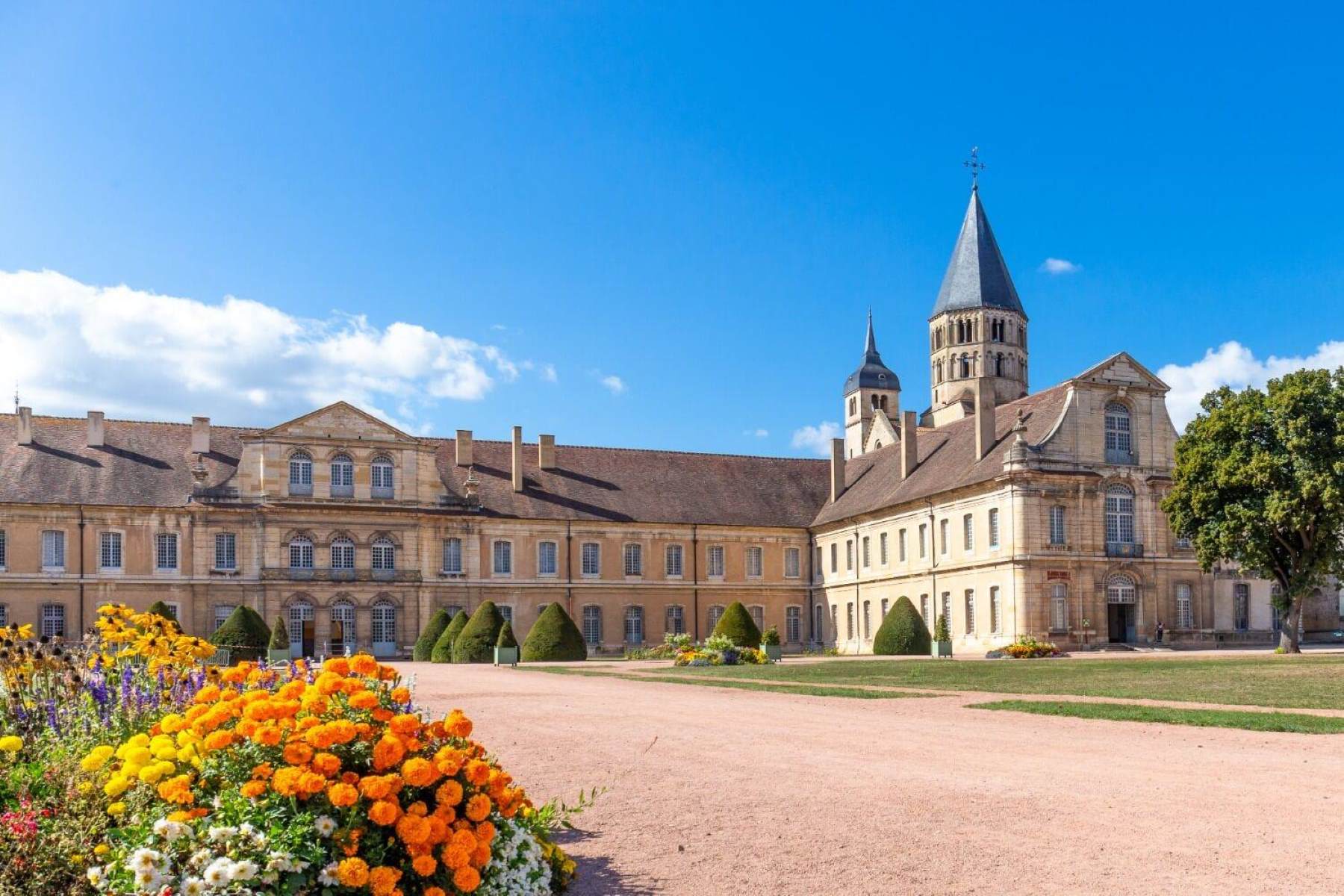
Cluny Abbey stands as a monumental symbol of medieval monastic life. Founded in 910 AD in France, it became the epicenter of the Benedictine Order's reform movement. This abbey wasn't just a religious hub; it was a powerhouse of art, culture, and politics. At its peak, Cluny Abbey was the largest church in Christendom until St. Peter's Basilica in Rome took the title. Imagine a place where monks not only prayed but also influenced kings and popes. The abbey's architecture, with its grandiose design and intricate details, still captivates historians and tourists alike. Ready to uncover more about this fascinating site? Here are 16 facts about Cluny Abbey that will transport you back to a time of spiritual and architectural marvels.
The Origins of Cluny Abbey
Cluny Abbey, located in France, has a rich history that dates back over a millennium. This Benedictine monastery played a significant role in medieval Europe, influencing religious, cultural, and political landscapes.
-
Cluny Abbey was founded in 910 by William I, Duke of Aquitaine. He donated the land and resources to establish the monastery.
-
The abbey was dedicated to St. Peter and followed the Rule of St. Benedict, emphasizing prayer, work, and community life.
Architectural Marvels
The architecture of Cluny Abbey was groundbreaking for its time. It set new standards in church design and construction.
-
Cluny III, the third church built on the site, was the largest church in Christendom until St. Peter's Basilica in Rome was completed in the 17th century.
-
The abbey featured a five-aisled nave, double transepts, and a choir with an ambulatory and radiating chapels, showcasing advanced architectural techniques.
Influence and Power
Cluny Abbey was not just a religious center but also a powerful political entity. Its influence extended far beyond its walls.
-
At its height, Cluny controlled over 1,000 monasteries across Europe, making it one of the most powerful religious institutions of the time.
-
The abbey's abbots often played significant roles in European politics, advising kings and emperors.
Cultural Contributions
Cluny Abbey was a hub of cultural and intellectual activity. It contributed significantly to the arts and education.
-
The monks of Cluny were known for their illuminated manuscripts, which were highly prized for their beauty and craftsmanship.
-
The abbey's scriptorium produced numerous religious texts, preserving and disseminating knowledge throughout medieval Europe.
Decline and Destruction
Despite its former glory, Cluny Abbey faced decline and eventual destruction. Various factors contributed to its downfall.
-
The abbey began to decline in the 12th century as other monastic orders, like the Cistercians, gained prominence.
-
During the French Revolution, Cluny Abbey was seized by the state, and much of its property was sold or destroyed.
Modern Legacy
Today, Cluny Abbey's legacy lives on, even though much of the original structure is gone. Its influence can still be felt in various ways.
-
Only a small portion of the original abbey remains, but it continues to attract scholars and tourists interested in medieval history.
-
The site is now managed by the Centre des monuments nationaux, which works to preserve and promote France's historical heritage.
Notable Figures
Several notable figures are associated with Cluny Abbey, contributing to its rich history and legacy.
-
Abbot Odo of Cluny, who served from 927 to 942, was instrumental in reforming the monastic community and expanding its influence.
-
Peter the Venerable, another significant abbot, led the abbey from 1122 to 1156 and was known for his intellectual pursuits and diplomatic efforts.
Artistic Achievements
The artistic achievements of Cluny Abbey are noteworthy, reflecting the creativity and skill of its monastic community.
-
The abbey's sculptures and carvings were renowned for their intricate detail and religious symbolism, influencing Romanesque art across Europe.
-
Cluny's music, particularly its Gregorian chant, played a crucial role in the development of Western liturgical music, setting standards that are still recognized today.
Cluny Abbey's Lasting Legacy
Cluny Abbey stands as a monument to medieval architecture and monastic life. Founded in 910, it became a center for religious reform and cultural development. The abbey's influence extended across Europe, shaping monastic practices and artistic achievements. Despite suffering from wars and revolution, its legacy endures through historical records and remaining structures.
Visitors today can explore the ruins, museums, and archives that tell the story of Cluny's glorious past. The abbey's commitment to education, art, and spirituality continues to inspire scholars and tourists alike. Cluny Abbey remains a testament to the enduring power of faith, community, and innovation in shaping history. Whether you're a history buff or just curious, Cluny Abbey offers a fascinating glimpse into a world that profoundly influenced Western civilization.
Was this page helpful?
Our commitment to delivering trustworthy and engaging content is at the heart of what we do. Each fact on our site is contributed by real users like you, bringing a wealth of diverse insights and information. To ensure the highest standards of accuracy and reliability, our dedicated editors meticulously review each submission. This process guarantees that the facts we share are not only fascinating but also credible. Trust in our commitment to quality and authenticity as you explore and learn with us.


